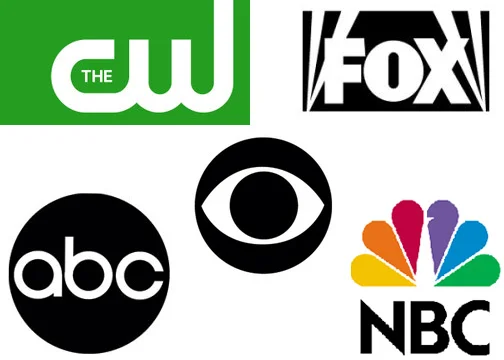The Scam that is the UpFronts... But for How Long?
/The TV networks have been taking their turns pitching their new shows to advertisers at what is called the "UpFronts".
Why is it called the "upfronts" because if they called it "scamming the ad buyers' it is likely they would get fewer buyers to show up.
At the "upfronts" the networks parade out their big stars, put on crazy shows and try to build as much buzz as possible.
Once again Networks are expecting to see TV ad spending rise. Some nets are expecting an increase of almost 10%.
The biggest demo the ad buyers are looking to get is the 18-49 year olds. Goldman Sachs estimates that 17% of that 18-to-49-year-old demographic simply stopped watching broadcast TV.
So you have to wonder why advertisers pay more to get less?
Because the networks act very much like drug dealers or mobsters when they deal with the ad buyers.
At the "upfronts" the TV nets and the buyers head into a room that no one else is allowed to enter. It's in that room that the nets put the pressure on the ad buyers like a used car salesman.
Advertisers are told "Buy now!" or face a severe disadvantage later in the season when all the good airtime is gone.
All the networks make basically the same pitch.
In fact, even though the networks are competing against each other, when it comes to the "upfronts" they are united in trying to take the ad buyers money. All the networks agree to use the same week to make their pitch.
And there is no transparency by the networks while doing this. Advertisers never really know the "true" price of any 30-second spots they are buying. The buyers must cut their deals with networks without knowing what other advertisers are paying.
It seems unfair and many ad buyers think it is. But the bigger question has to be how long will the ad buyers continue to fall for the "upfront" shenanigans?
Network TV continues to see their ratings fall year after year. Even shows that were rating juggernauts like American Idol and Dancing with the Stars are falling fast in the ratings.
Throw in other ways for people to watch TV or be entertained like Aereo, Hulu, YouTube and Netflix and a hundred other alternatives to network TV and you see where this is going.
The "upfronts" have been the way TV networks have sold their airtime for years. But with declining audiences, and so many new ways to watch shows without commercial and without paying for cable, how long with these $10 billion meetings last?
That's the question the networks have to start pondering.
Stay tuned...













